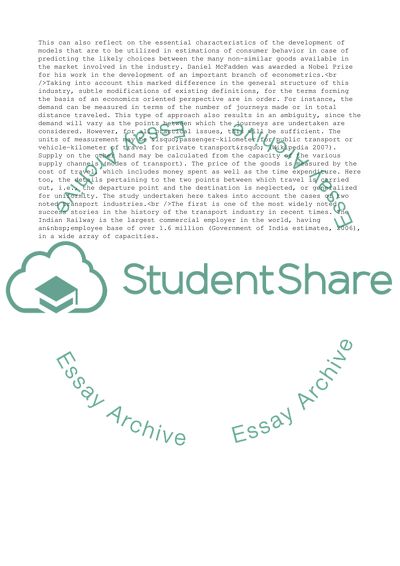Cite this document
(International Transport Assessment Case Study Example | Topics and Well Written Essays - 2000 words, n.d.)
International Transport Assessment Case Study Example | Topics and Well Written Essays - 2000 words. https://studentshare.org/business/1541775-international-transport
International Transport Assessment Case Study Example | Topics and Well Written Essays - 2000 words. https://studentshare.org/business/1541775-international-transport
(International Transport Assessment Case Study Example | Topics and Well Written Essays - 2000 Words)
International Transport Assessment Case Study Example | Topics and Well Written Essays - 2000 Words. https://studentshare.org/business/1541775-international-transport.
International Transport Assessment Case Study Example | Topics and Well Written Essays - 2000 Words. https://studentshare.org/business/1541775-international-transport.
“International Transport Assessment Case Study Example | Topics and Well Written Essays - 2000 Words”. https://studentshare.org/business/1541775-international-transport.


